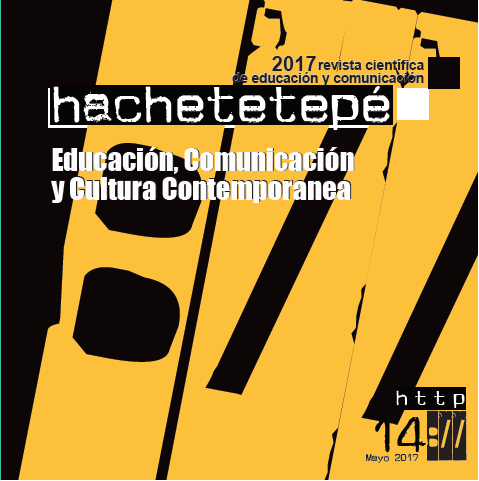Mobile phone: a tool that can serve as a support for the teaching of English in the public educational system in Costa Rica.

Info
Abstract
This article presents the usefulness of the mobile device as a tool that can support the teaching of the English language in the Costa Rican public system. This paper aims on the use of the mobile phone not only as a source of information, but also as a didactic resource to integrate cooperative learning, self-autonomy, authenticity, creativity and critical thinking. Departing from the current governmental initiatives to implement technological tools in the English class, this work offers an integrative and innovative methodology for the English teacher in the public sector. This methodology focuses on the model of Mobile Assisted Language Learning (MALL) that intends to adjust and integrate to the available technological tools, classroom settings and students’ needs and interest.
Keywords
Downloads
How to Cite
License

This work is licensed under a Creative Commons Attribution-NonCommercial-NoDerivatives 4.0 International License.
Those authors who have published with this journal, accept the following terms:
- They will retain their copyright and guarantee the journal the right to first publication of their work, which will simultaneously be subject to the Creative Commons Attribution License . They may be copied, used, disseminated, transmitted and publicly displayed, provided that the authorship, url, and magazine are cited, and are not used for commercial purposes. No derivative works are allowed.
- They may adopt other non-exclusive license agreements for the distribution of the published version of the work (e.g., deposit it in an institutional telematic archive or publish it in a monographic volume) provided that the initial publication in this journal is indicated.
- Disseminate your work through the Internet (e.g., in institutional telematic archives or on your website) once the manuscript is accepted, which may lead to interesting exchanges and increased citations of the published work. (See The effect of open access).
Hachetetepé. Scientific journal of education and communication does not charge a fee for the submission of manuscripts or for the publication of its articles.
References
Alonso García, Catalina M. (2011). Tecnología educativa. Madrid: McGraw-Hill.
Chinnery, George M. (2006). Emerging Technologies Going to the MALL: Mobile Assisted Language Learning. Language Learning & Technology a refereed journal for second and foreign language educators, 10 (1), 9-16.
Costa Rica Multilingüe. (2008). Plan Nacional de inglés 2008-2017. Costa Rica Multilingüe.
Gobierno de Costa Rica. Informes anuales. (2017) Superintendencia de Telecomunicaciones (SUTEL). Costa Rica. Recuperado de: https://sutel.go.cr/
Hendricks, Cheer C. (2001). Teaching causal reasoning through cognitive apprenticeship: What are results from situated learning? The Journal of Educational Research, 94(5), 302-311.
Johnson David W, Johnson Roger T. y Holubec Edythe J. (1994). El aprendizaje cooperativo en el aula. Buenos Aires: Editorial Paidós SAICF.
López Santiago Mercedes, y Ballez Michèle. (2014). La telecolaboración entre grupos heterogéneos en la clase de lengua extranjera. @tic. Revista D'innovació Educativa, (12), 8-14.
Marín, E. (2004). La enseñanza del inglés en Costa Rica en el siglo XIX: Una respuesta al modelo económico. Revista Comunicación, 13(25), 47-55. Recuperado de: http://www.tec.cr/sitios/Docencia/ciencias_lenguaje/revista_comunicacion/Vo lumen%13N%2 2004/pdf's/emarin.pdf
Mohd Azlishah Othman. (2012). Observation on the uses of Mobile Phones to Support Informal Learning. International Journal of Interactive Mobile Technologies (iJIM), 6(4), 43-45.
Morillo, J. D. (2011). Introducción a los dispositivos móviles. Barcelona: Universitat Oberta de Catalunya.
O’Bannon Blanche W., y Thomas Kevin M. (2015). Mobile phones in the classroom: Preservice teachers answer the call. Computers & Education, 85, 110-122.
O’Bannon Blanche W., y Thomas Kevin. (2014). Teacher perceptions of using mobile phones in the classroom: Age matters! Computers & Education, 74, 15-25.
Smartphones Historia y significado. (2011) Nuevos Gadgets. Recuperado de: http://www.nuevosgadgets.info/2010/09/smartphones-historia-y-significado.html
Viceministerio de Telecomunicaciones - Ministerio de Ciencia, Tecnología y Telecomunicaciones. Estrategia Nacional
de Banda Ancha. (2015). Rectoría de Telecomunicaciones, Costa Rica. Recuperado de: http://www.telecom.go.cr/

